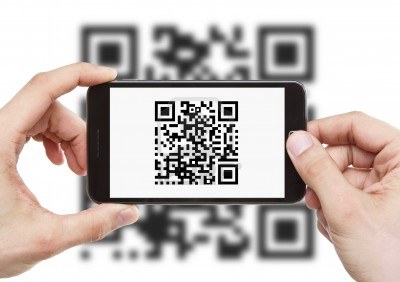WhatsApp is a popular messaging tool, which has also become the go-to choice for people looking to buy items online and making payments for it.
WhatsApp is used by over 400 million users in India, and equally popular is the UPI or Unified Payment Interface which allows you to pay through bank accounts on your smartphone. When you combine both these platforms, customers get the convenience of payment like no other.
But its popularity has sparked interest among thieves and scammers, who have found divisive ways of making people pay from their pocket, without any pressure. For this, the scammers use the QR code payment method and send it via WhatsApp to those involved in the sale or purchase of an item.
So, now everyone is calling it the WhatsApp QR code scam and over here we tell you how it works and how you can avoid getting robbed through this payment method.
WHATSAPP QR CODE SCAM: FIVE THINGS TO KNOW
– If you buy items via online selling platforms, chances are people will ask you to share your bank details to transfer money, or send the QR code for their account to make the payment.
– This payment is done via a QR code that is sent to your mobile number through WhatsApp
– QR code is generally raised if you have to pay someone, for collecting money you don’t need the other person’s QR code.
– Scammers use this trick to fool the customer and send their QR code, which is then used by the customer to pay for the item they are selling. But instead of receiving money, the scammer is able to steal money from you.
– QR codes are generated for each account, and if any unknown source or sender is sharing their QR code with you, make sure you check before sending the money, and also cross-check if the amount is correct, so that the scammer does not end up taking more money out of your bank account.
WhatsApp is popular and used widely across the country but instances like these force you to ditch such digital methods.
Instead of that, you can follow basic digital hygiene and not fall into the traps of scammers.





































